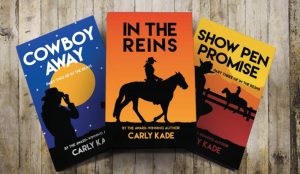
Closet equine writers, it’s time to unite and come out of the creative shadows. Independent publishing continues to revolutionize how books are created, published, and read, and a corral of equine writers are blazing new trails.
Also Read: How to Become the Next Great Equestrian Blogger?
The Changing Landscape
In 2008, the independent publishing landscape realized a significant turning point for two reasons: First, widespread use of social media meant authors incur little or no self-promotion costs. Secondly, e-book marketplaces like Amazon, iBookStore, and Barnes and Noble now allow new and established writers to sell books worldwide. They may even have specialized publishing categories for equine writers, like Amazon’s equestrian fiction subcategory.

According to Bowker, a world provider of bibliographic information, the independently published market grew by a whopping 375 percent between 2010 and 2015. Amazon continues to dominate the market with its DIY publishing platforms, CreateSpace and KDP, increasing its titles from 929,920 in 2017 to 1.4 million in 2018.
The hesitation of traditional publishers to invest in equestrian books because the readership is considered too narrow is only one part of the story. Equine writers are embracing the changes in publishing choices for critical creative and legal control. Retaining creative control of book covers, manuscript formatting, and marketing drives many to consider independently publishing their respective projects.
“People want to have control over their art,” says Heather Wallace, an independently published author in Red Bank, N.J. “They don’t want to give it away to someone, even if that person might be able to sell more copies.”
Anna Blake, a Colorado dressage trainer, clinician, horse advocate, and author of multiple books, concurs.
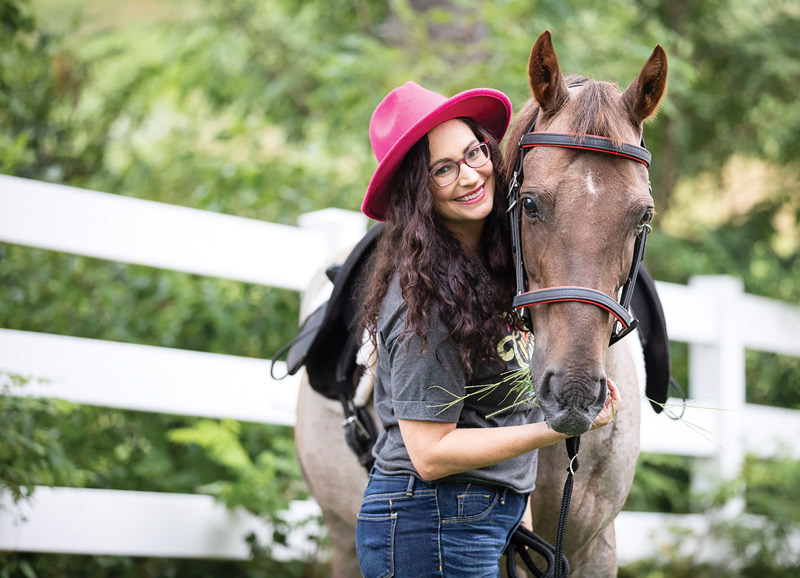
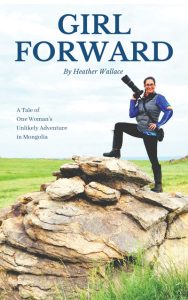 “The big publishers have had an incredible amount of control, and authors have sat like little dogs begging for treats,” she says. “Technology and print-on-demand changed everything. Now we don’t have to destroy the rainforest and stock warehouses full of books, either.”
“The big publishers have had an incredible amount of control, and authors have sat like little dogs begging for treats,” she says. “Technology and print-on-demand changed everything. Now we don’t have to destroy the rainforest and stock warehouses full of books, either.”
The Pros and Cons
The protection of assets, especially assuring full ownership of a book’s intellectual property, has spurred multiple writers to form their own publishing company to publish their titles, including Kade.
“Often when you sign with a traditional publisher, you lose your audiobook rights,” she says. “You may lose TV rights if that ever comes into the equation. Some people sign away their merchandising rights.”
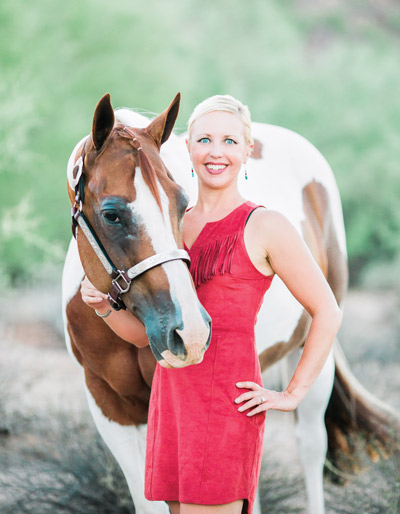
Yet, Kade explains the flip side if authors go the independent publishing route.
“That is the power of independent publishing,” she continues. “You’ve got to do a lot of work. You’ve got to understand the process. But you own your work so that you can take it and create whatever you want with it.”
The lack of institutional support from publishing companies plays a critical role for Wallace.
“Back in the 1980s and 1990s, traditional publishers had a marketing team for authors,” she says. “Now, a publishing company won’t bring an offer [to] someone that doesn’t have a following already. Authors market their books. Many authors say, ‘Why am I giving up control and giving you 90 percent of the sales when I could do it on my own?’”
The Emotional Touch
The emotional weight that horse owners and enthusiasts garner cannot be understated. According to 2017 survey results by the American Horse Council Foundation, horse owners number 1,013,746 in the United States. Small publishers may miss the hidden opportunity for financial success that equestrian writers recognize.
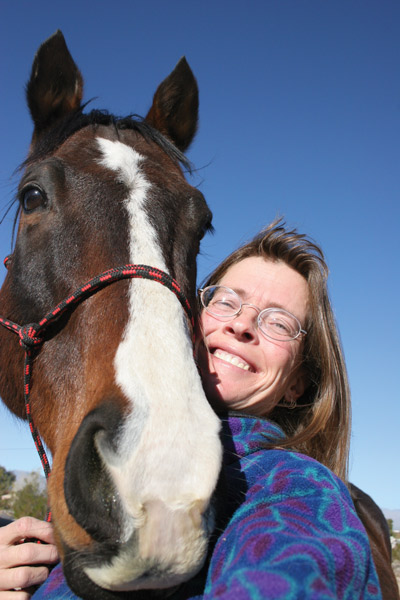
Blogger and author Susan Friedland suggests that publishing houses fall short with their lists and overlook the equine owner and book-reading market.
“My second book, called Strands of Hope: How to Grieve the Loss of a Horse, has an audience that needs the message,” she says. “There are thousands—possibly millions—of horse lovers who lose a horse every year. [Large] publishing houses don’t possess the insight to market a book to horse fans.”
Don’t underestimate the tenacity and perseverance of equine writers to get their stories out.
“I will not take no for an answer,” says Blake. “I will not be bucked off of this process.
Horsewomen are a force of nature. We muck manure. We fix fences. We write books.”
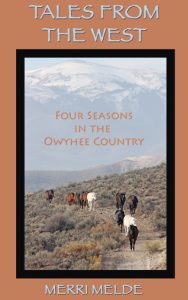 Renewed Interest in Reading
Renewed Interest in Reading
The age of COVID confirmed a shift in how readers consume media and how content is published. According to Libby, an e-reading platform, Americans borrowed over 10.1 million digital books from public libraries during the third week of March alone. Audiobook downloads continue to benefit from the fast-moving publishing landscape, offering another revenue stream for independent equine authors.
“People want to be distracted,” says Merri Melde, a photographer, writer, endurance horse conditioner, and author of four books. “They can’t go to movies. They can’t go to bars. Lockdowns became another entry point for equine writers.”

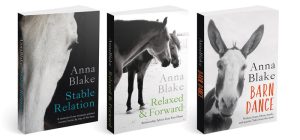 Recently, a group of independently and traditionally published authors have come together online on a platform created by Wallace to highlight authors of horse books and to help them connect with readers within this niche. Readers can search non-fiction and fiction equestrian authors, read their biographies, connect with them on social media, and find links to purchase books of interest.
Recently, a group of independently and traditionally published authors have come together online on a platform created by Wallace to highlight authors of horse books and to help them connect with readers within this niche. Readers can search non-fiction and fiction equestrian authors, read their biographies, connect with them on social media, and find links to purchase books of interest.
For more, visit www.booksforhorselovers.com.
This article about self-publishing for equestrian authors appeared in the October 2020 issue of Horse Illustrated magazine. Click here to subscribe!

